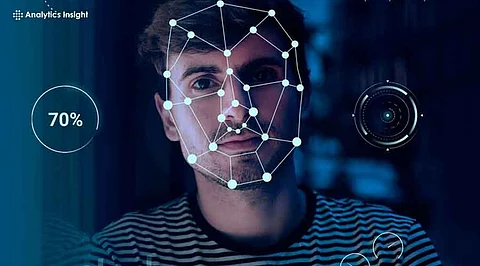

Have you ever thought about the unsettling reality of deepfakes? Artificial intelligence has introduced massive challenges related to deepfakes. Deepfakes are hyper-realistic digital forgeries created using AI techniques, such as Generative Adversarial Networks (GANs). This manipulation can occur in images, videos, and audio, resulting in content that closely resembles reality but is entirely fabricated. While deepfakes hold potential for future applications in entertainment and educational media, they also raise difficult legal and ethical questions, especially when used to create explicit material.
Deepfake technology was discovered on the back of GANs, and the AI discovery by Ian Goodfellow and his team was introduced in 2014. GANs are a combination of two neural networks: the generator, which produces synthetic data, and the discriminator, which rates the authenticity of the data. As the iterations go on, the generator generates the output, making it impossible for the discriminator to classify whether it is actual data or just fake data. This ability led to the production of highly realistic deepfakes that can befool even the most discerning viewers.
Misuse of deep fake technology, especially in making explicit content, poses significant legal and ethical implications. Deepfake pornography, for instance, is the unauthorized creation and distribution of explicit content using individuals who do not consent to the creation of the same. This form of digital exploitation primarily targets women, occasioning significant emotional and reputational harm.
Of all legal issues, the main problems a deepfake poses relate to privacy breaches. The people who appear in many cases of deepfake videos may not even know their information exists, and they may not agree to or be consulted at any part of the production process and its distribution. Their reputation is then badly tarnished on their personal or professional level. Current privacy rules are sometimes woefully inadequate in addressing some of the complications of deepfake and must become more institutionally embedded into the law.
It’s used to create defamatory content, spread false information about persons or organizations, damage reputations, and lower trust in media and institutions. This capacity to create realistic fake videos and audio clips can lead to the spreading of disinformation, with severe potential consequences for public discourse and democratic processes.
Copyright leads to some intellectual property infringement in the creation of deepfakes. For example, using an actor's picture in a video deepfake without permission can infringe on a person's publicity rights or copyright protections. The legal approaches and challenges in such an infringement require a sensitive view of both IP law and the technical aspects of making deepfakes.
Several jurisdictions have begun to realize deepfakes' threats and are working on countering them. Several states in the United States have already passed statutes specifically targeting deepfake pornography and the general use of deepfakes in election interference. California passed AB 602, which allows individuals whose deepfake pornography is created to sue for damages against those creators; Texas has criminalized the use of deepfakes to influence elections.
However, it is hard to implement such laws, mainly because the internet is relatively anonymous and decentralized. It is difficult to trace a creator of deepfakes or even pin a crime on the individual and get them punished. Even AI technology is improving so fast that legal frameworks must almost continuously evolve in response.
Apart from this legalistic approach, some remedial measures are coming up on the technological front to curtail the misuse of deepfakes. Tools capable of identifying digital alterations with the help of AI are being developed to authenticate content in images, videos, and audio. Such tools are vital steps to rescue the integrity of any digital media from the destructive ability of deepfakes.
Educating the public on the existence and potential dangers of deepfakes is also critical. Media literacy programs will allow individuals to recognize deepfake content and understand the implications of such use. Promoting critical thinking and digital literacy in society will be a byproduct that makes society more resilient against the threats presented by deepfakes.
The explicit AI deepfakes raise fundamental legal and ethical issues that require a multifaceted response. Technological solutions and public education to the strategy in the process, besides legal framework provisions regarding misuse of deepfakes. Since AI technology would move ahead from this time point only, thus currently it is the time for a human society to wake itself from the threat it harbors in deepfakes to make an advantage out of its benefits, not letting any evil factor overshadow it from this one or the other point.
